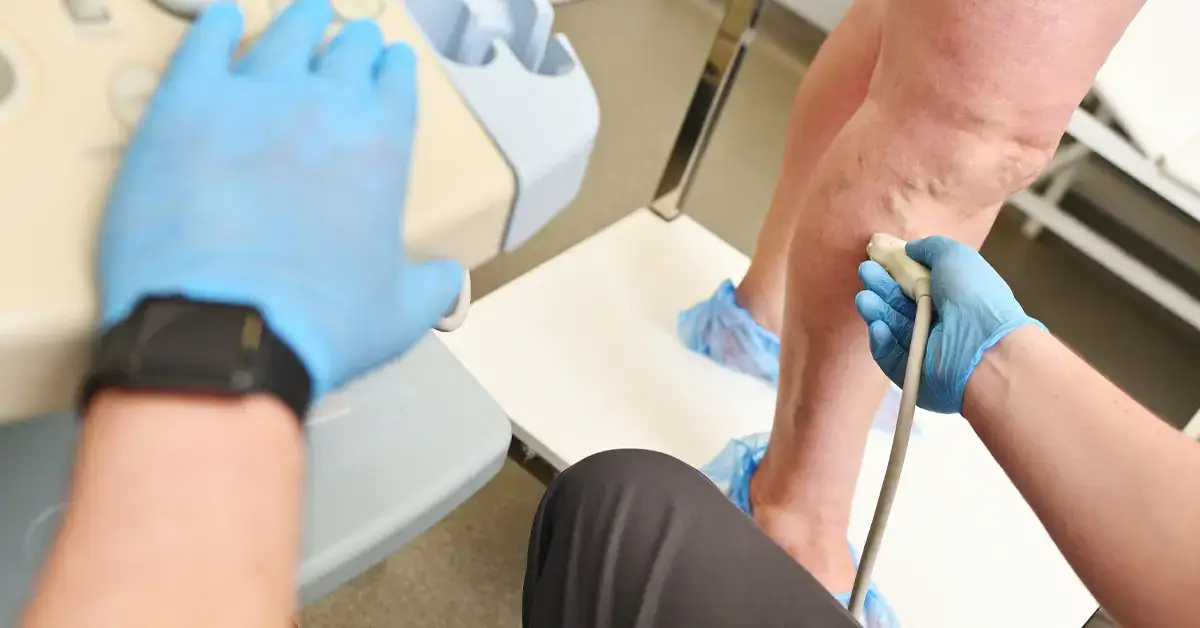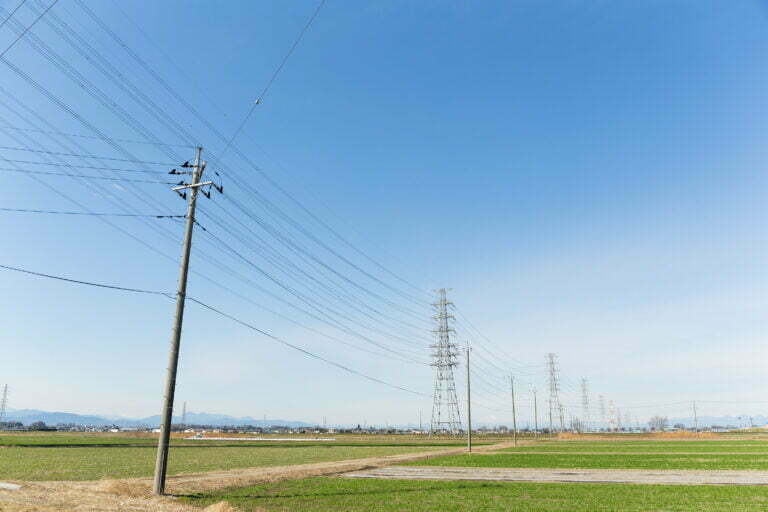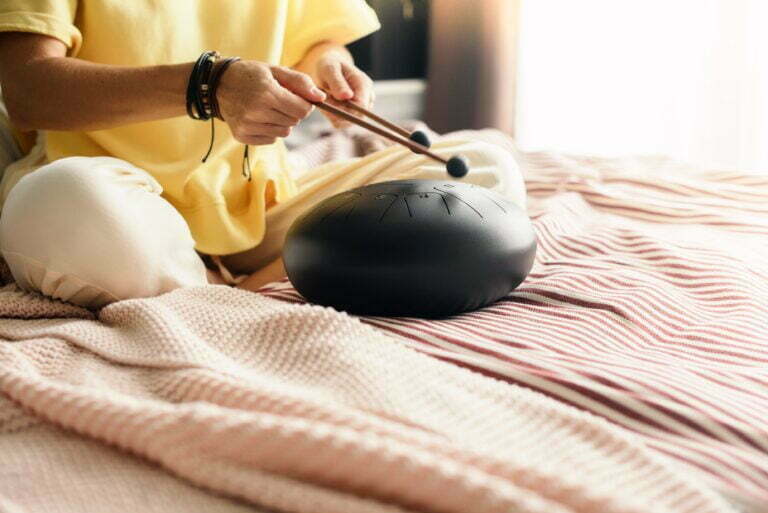Varicose veins, which comprise spider telangiectasias, reticular veins, and genuine varicosities, are all part of the chronic venous illness spectrum. Varicose veins affect over 23% of adults in the United States. When spider telangiectasias and reticular veins are taken into account, the frequency rises to 80% in men and 85% in women. Varicose veins afflict 22 million women and 11 million men between the ages of 40 and 80. They are more common in women and older people. Two million men and women will develop chronic venous insufficiency symptoms and signs, including venous ulcers. Here are six FAQs about varicose veins and their treatment.
What are the symptoms of varicose veins?
Varicose veins can be identified by:
- The dark purple or blue veins
- On the legs, veins that seem twisted and bulging, frequently resembling cords
- When varicose veins cause pain, the following signs and symptoms may appear:
Legs that are achy or heavy and manifest as:
- Lower leg pain, burning, throbbing, muscle cramps, and swelling
- Pain that gets worse after a lengthy period of sitting or standing
- Itching in or around one or more veins
- Varicose veins cause changes in skin pigmentation.
What are the causes of varicose veins?
Varicose veins can be caused by a variety of factors.
- pregnancy
- menopause
- age above 50
- long amounts of time standing
- obesity
- Varicose veins run in the family
What are the complications of varicose veins?
- Ulcers: Near varicose veins, particularly near the ankles, painful ulcers can occur on the skin. Before an ulcer occurs, a discolored patch on the skin generally appears. If you suspect you’ve acquired a leg ulcer, see your doctor right away.
- Clots of blood: Veins deep within the legs can occasionally expand, causing leg pain and edema. If you have prolonged leg pain or swelling, see a doctor since it could be an indication of a blood clot.
- Bleeding: Veins close to the skin can sometimes burst. Although minimal bleeding is frequently the result, medical treatment is required.
How to prevent varicose veins?
Varicose veins may be less likely to form if blood flow and muscle tone are improved. Varicose veins can be prevented with the same techniques that are used to cure them. Consider the following:
- Avoid high heels and tight hosiery
- Regularly change your sitting or standing position
- Eat a low-salt, high-fiber diet
- Exercise
- When sitting or lying down, raise your legs.
- Maintain a healthy weight
What is the treatment of varicose veins?
If treatment is required, your doctor may first advise wearing compression stockings, exercising regularly, and elevating the affected area while sleeping.
If your varicose veins are still bothering you or causing issues, there are numerous options for treatment. The following are the most typical treatment options:
- Heat can be used to close damaged veins, termed as endothermal ablation.
- Sclerotherapy can also be administered using specific foam to seal the veins.
- Problematic veins can also be surgically removed after ligation and stripping.
Can remote patient monitoring help?
Remote patient monitoring improves accessibility for patients who are unable to move. Mobility concerns can limit access to doctors and hospitals even if an individual does not live far away. As a result, traveling to receive medical attention can be time and effort-saving. Remote patient monitoring eliminates distance and physical obstacles by bringing medical attention into the patient’s home.
The use of health wearable devices like smartwatches can also be incorporated into an RPM program. To prevent varicose veins and improve blood flow and muscle tone, you need to regularly exercise such as walking or jogging and avoid prolonged sitting. Smartwatches can track your physical activities, which remind you of your goals to stay healthy.
Read more: 10 Essential Health Features of Smartwatches
Takeaway
Varicose veins are enlarged blood vessels in the lower body that develop just beneath the skin’s surface. Blood backs up in your veins when your vein walls are weak and your valves aren’t performing properly. The blue and purple bulges on your legs, feet, and ankles are the result of this. Varicose veins can be treated using a variety of methods, but they can reappear.
References
- “Varicose Veins | Circulation.” Circulation, www.ahajournals.org, 1 June 2022, https://www.ahajournals.org/doi/10.1161/circulationaha.113.008331.








